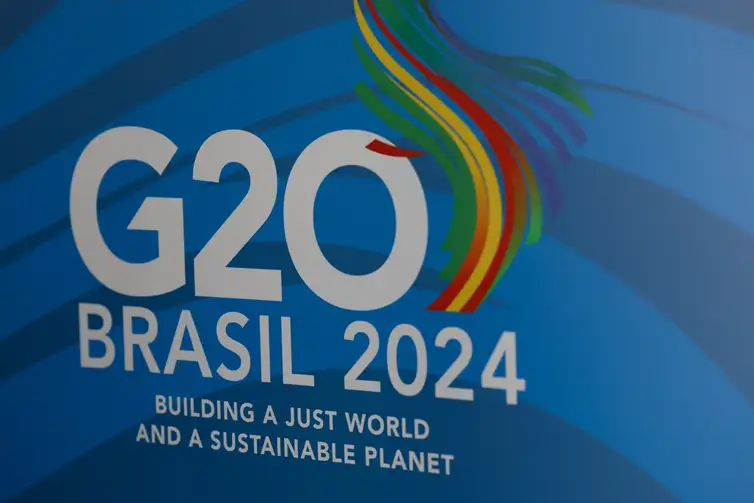Global Oil Market Swings Amid Geopolitical Unrest
The oil market is experiencing volatility in response to the intertwining of geopolitical developments in West Asia and economic indicators from the US.
Published May 23, 2024 - 00:05am

Image recovered from thehindubusinessline.com
Crude oil futures have experienced a decline as markets digest the implications of geopolitical developments in West Asia, combined with economic forecasts out of the United States. The untimely death of Iran's President and the health concerns of the Saudi King have emerged as focal points for traders and policy makers alike. These events have raised questions about potential disruptions in oil supply, given the significant roles of Iran and Saudi Arabia in global oil production. However, market analyses suggest that immediate supply disruptions are unlikely.
The market's nervousness has been compounded by signals from US Federal Reserve officials regarding the trajectory of interest rates. Recent comments hint at a more extended period of restrictive policy, which could dampen economic growth and diminish demand for commodities like crude oil. Despite these concerns, the West Texas Intermediate (WTI) and Brent oil futures have seen only modest fluctuations, indicating that investors may be pricing in the status quo for the time being.
Furthermore, the upcoming OPEC+ meeting is anticipated to resolve uncertainty surrounding production policies. In this context, oil prices remaining on edge signals investors' focus on various macroeconomic factors, including US inflation and interest rates, which play an influential role in the dynamics of fuel consumption worldwide.
Investors are keenly awaiting oil inventory data and upcoming Federal Open Market Committee (FOMC) minutes for indications of future market directions. Inflation readings from countries like Great Britain also play into global monetary policy considerations, directly impacting commodity markets including oil. As the situation unfolds, market participants maintain a careful watch on geopolitical events, energy policies, and economic indicators to predict the precarious balance of the global oil market.
The oil market's current volatility reflects a complex interplay of geopolitical uncertainty and economic prognostications. The unanticipated passing of Iran's President places the spotlight on succession protocols and potential shifts in policy that might affect the country's oil production strategy. Similarly, health concerns of the Saudi King have prompted scrutiny on the continuity of Saudi Arabia's oil policy, crucial for the balance of global supply.
Given the high stakes of these developments, analysts are also closely watching diplomatic relations within the region. Any sign of escalating tensions or a move towards reconciliation could swiftly sway investor sentiment and consequently impact oil prices.
Amid these geopolitical ripples, the market is also grappling with mixed signals from the US Federal Reserve. A hawkish tilt could lead to a stronger dollar, making dollar-denominated oil more expensive for holders of other currencies, potentially reducing demand. This dynamic is particularly important as the global economy navigates the post-pandemic recovery phase, with many countries still facing the headwinds of inflation and supply chain disruptions.
While the West Texas Intermediate and Brent crude benchmarks serve as bellwethers for market sentiment, the nuanced and sometimes divergent factors influencing price movements underscore the sophistication of commodity trading. Investors must parse through a torrent of information, ranging from storage levels in the US Strategic Petroleum Reserve to shifts in consumer behavior in response to environmental policies and alternative energy sources.
The upcoming meeting of OPEC+ is poised to shed light on the future of oil production quotas, which have been a key lever in managing the global oil supply. Members' commitment to current production levels or any adjustments thereof can influence the market's supply expectations and potentially stabilize or unsettle prices further.
Against this backdrop, traders are fixated on inventory data, with draws or builds in oil inventories offering insights into the demand-supply equation. Similarly, minutes from the Federal Open Market Committee (FOMC) provide market participants with a gauge of the central bank's stance on monetary policy, which could have far-reaching implications for energy consumption and investment trends in the oil sector.
Internationally, inflation reports from economies like Great Britain indicate the extent to which central banks might adjust interest rates, influencing currency values and purchasing power. These adjustments have direct consequences for the oil market, given that higher inflation rates may lead central banks to implement policies that can cool economic activity and, by extension, commodity demand.
As these interlinked factors continue to play out, the global oil market remains at the whim of an array of drivers. Market watchers remain vigilant, recognizing that any single factor could tip the scales and prompt a significant re-evaluation of oil as an asset class. The coming weeks will be critical as multifaceted events are expected to converge, offering potential clarity or further complicating the intricate global oil landscape.







